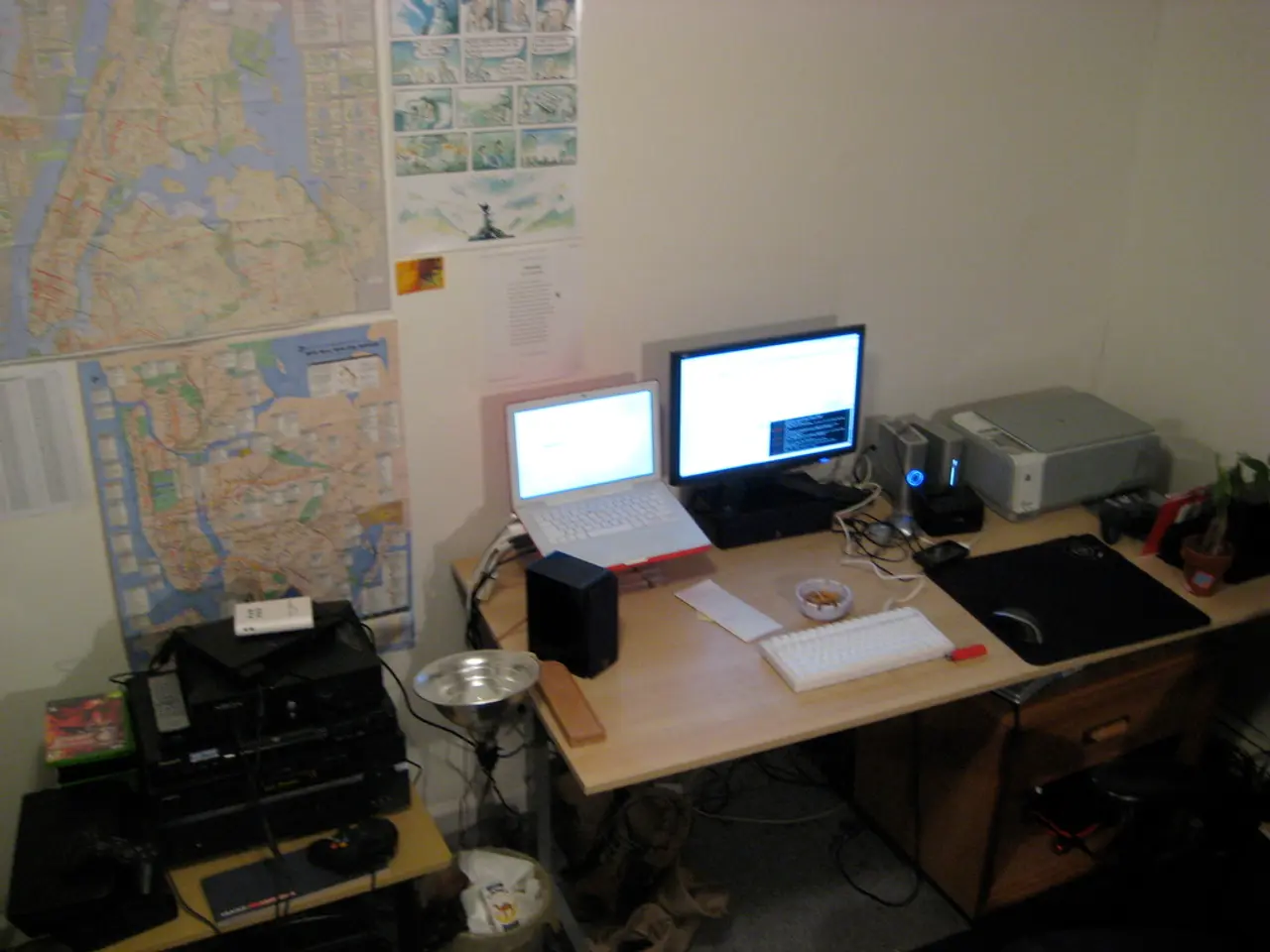Evolution of Nearshoring: Transformation in Publication Strategies
In today's global market, nearshoring is gaining traction as a strategic approach in the manufacturing and trade of goods, particularly in the automotive and portable electronics sectors. This shift is driven by factors such as rising labor costs globally, geopolitical tensions, and the growing consumer preference towards sustainability.
Key Trends in Nearshoring for Portable Electronics
Nearshoring is becoming the preferred manufacturing strategy for portable electronics due to benefits such as lower logistics costs, reduced lead times, and greater supply chain control. Current trends in nearshoring for 2025 emphasize a strategic shift toward portable electronics manufacturing and tech talent sourcing, driven by cost savings, supply chain resilience, and geopolitical factors.
Elevated U.S. tariffs on a wide range of Chinese electronics, including components for portable devices, are encouraging firms to relocate or supplement manufacturing outside China. Companies evaluate nearshoring not just as a cost-cutting measure but as a strategic response to supply chain volatility and geopolitical risks.
For software components in electronics, nearshoring teams in similar time zones enable faster iterations, better collaboration, and easier legal compliance, especially for U.S. enterprises facing a tech talent shortage.
Leading Nearshoring Hotspots for Portable Electronics and Tech
Mexico and Costa Rica remain leading nearshoring hubs for electronics manufacturing due to their proximity, established infrastructure, and trade agreements with the U.S. Costa Rica, in particular, boasts skilled labor in electronics and political stability, making it a nearshore alternative to China. Central America, in general, offers lower labor costs and geographic proximity for North American companies.
Nearshore Latin America, such as Colombia and Argentina, is attracting attention for software development and IT services due to their time zone alignment with the U.S., cultural affinity, and growing IT talent pool. The U.S., too, is witnessing a resurgence in semiconductor and high-tech production with large investments in advanced chip fabs, reflecting a nuanced nearshoring ecosystem that balances offshore, nearshore, and domestic strategies.
Summary Insights
The portable electronics sector is leveraging nearshoring to circumvent tariffs, enhance supply chain reliability, and reduce production disruption risks. Nearshore software development is also booming, driven by a critical need to address tech talent shortages and improve collaboration with geographically closer teams, enhancing product development speed and integration with manufacturing.
This evolving landscape suggests that companies in portable electronics are increasingly adopting nearshoring not merely for cost reduction but as a multi-dimensional strategy to gain speed, compliance, and supply chain security amid ongoing geopolitical and economic uncertainties.
- In the portable electronics industry, nearshoring is not only utilized for cost savings, but also to improve supply chain resilience and mitigate production disruption risks caused by tariffs and geopolitical tensions.
- For the software components in electronics, nearshoring teams in similar time zones are beneficial as they enable faster iterations, better collaboration, and easier legal compliance, particularly in addressing tech talent shortages.
- Countries such as Mexico, Costa Rica, Colombia, and Argentina are popular nearshoring hotspots for both electronics manufacturing and software development in the industry, due to factors like proximity, established infrastructure, skilled labor, cultural affinity, and lower labor costs.




